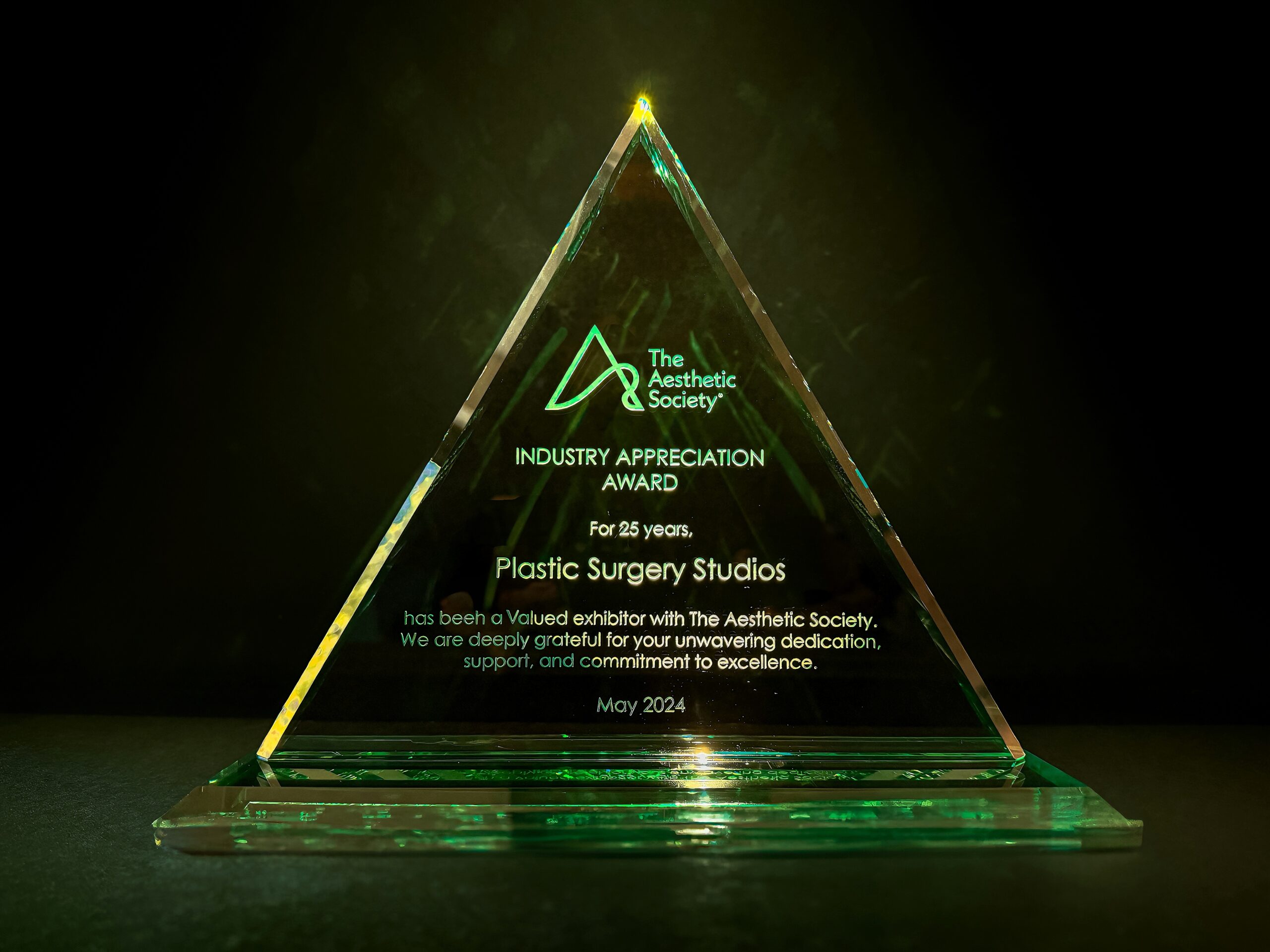
This blog details the top 5 strategies marketing experts use to generate more leads for plastic surgeons: web design, content creation, SEO, PPC, and email marketing.
Successful Content Marketing For Plastic Surgeons
Today’s plastic surgeons know that in order to maintain a competitive edge, they need a healthy online presence. Internet search is ubiquitous for today’s consumer, who looks to research their purchases online even when other avenues are available.
But it’s not enough to just have a beautiful website (although aesthetics do speak volumes); you need an airtight marketing strategy to stay afloat in this competitive market.
Here are the top 5 strategies you should be using to generate (and maintain) more plastic surgery leads.
1. Web Design
All roads lead to Rome, as they say, and when it comes to plastic surgery content marketing, all channels should lead to your website. This is why it is essential to have a website that is informative, aesthetically appealing, and optimized for quality plastic surgery lead generation.
Your website is the central hub for all your marketing efforts. A website is crucial to your success in such a competitive market, as people largely shop online. Even if some of your patients come from word-of-mouth referrals, people still take the time to research recommendations online. Your online presence is your first impression—make it a good one.
It should also strike the balance between aesthetically pleasing and functional. What this means is while dynamic design elements are fun and cool to look at, if your site runs slow, can’t load on mobile devices, and has error pages, people will be bouncing right back to the search engine—your site is unusable! Keep it simple: beautiful enough that your audience is engaged and fast enough that it is effective.
So, what makes an effective plastic surgery website? It answers the user’s questions, keeps them engaged, and compels them to make contact via a phone call or message. Essentially, an effective website generates leads. Another important element of a successful website is providing plenty of opportunities for engagement in the form of calls to action and contact forms. Well-designed and easy-to-use contact forms peppered throughout your content greatly increase your chances of prompting inquiries and fostering those leads.
Lastly, your site needs to feature informative, useful content. Gone are the days of blogs stuffed with irrelevant content to fluff the word count and appear knowledgeable—successful sites must be useful, not just appear to be. Everything you put out should have a purpose that serves the user, which establishes your site as a trusted source, in turn improving your visibility.
2. Content Marketing
Content is king, but it must be unique and quality content in order to be effective. Content marketing is how you communicate with your audience, so it can (and should) be tailored to your brand identity, but it always has to be useful. Your site needs to have specific and diverse content to reach your desired audiences and anticipate their needs.
For example, a detailed blog about facelift recovery will be useful to users who might still be in the research stages, in addition to the users who are ready to make a consultation. A well-placed call-to-action in the blog makes it that much easier for your lead to make contact.
Remember: One piece of exceptional content has the potential to drive strong traffic and leads. Focus on improving your content across your site and all other channels to boost your results.
When we talk about unique, effective content, we’re talking about content that places the user experience first. This means engaging with the needs and interests of the consumer and crafting content that meets those needs: If you know that your target demographic is interested in recovery, provide in-depth timelines with helpful insider tips. If you want more traffic for facelifts, dedicate more interesting, diverse content to that specific topic.
Consider what you would want to know if you were in your audience’s position. Try to incorporate multimedia content: both long and short-form written copy, informational videos, testimonials, a robust before and after gallery, and an active social media presence. Multimedia content has the added benefit of being easier to remember; seeing a consistent message in many different formats reinforces the message better than a singular approach.
All of this serves multiple purposes: an active site is a healthy site in the eyes of Google’s algorithm, so a constant stream of intentional content means you are actively participating in your site. You also need to position your site as an authority on a particular topic or procedure. The more in-depth, accurate, and useful information you have, the more credibility it will lend your site and your practice, and the more valuable your site will be for those looking to research the topic.
3. SEO
It might be helpful to think of the prior sections on content and web design as the broad strokes of your marketing strategy: If your website is the central hub of your marketing channels, and the content includes all the ways you interact with your audience, then plastic surgery SEO is how we determine the trajectory of your marketing—SEO gives your content focus. It’s also the best way to organically drive quality leads.
We’ve talked about generating potential leads, but quality leads differentiate themselves as people who are looking for the exact services and information your site provides.
For example, if you are a medspa in Scottsdale, a potential lead might be researching dermal fillers and stumble across your site, while a quality lead is someone in Scottsdale looking for dermal fillers and is ready to make a purchase or schedule an appointment. Understanding the distinction between potential and quality leads underscores the necessity of aligning your content strategy with user intent. This means you’ll produce content that is informational (i.e., blogs) as well as commercial and/or transactional (i.e., procedure pages with a higher proliferation of calls to action). SEO experts research keywords to position your website to show all three types of intent.
A targeted SEO program organizes your site’s queries into useful categories based on the user’s intent. Curating your content based on the needs of your audience is key, and a good SEO strategy can assess what types of queries are yielding quality leads.
Return of Investment (ROI)
of marketers say that organic search has the best ROI of any marketing channel.
4. Paid Ads (PPC)
Similar to SEO, you should use PPC or paid ads with the express purpose of driving customers to your practice. However, unlike SEO, paid ads offer a direct path to present potential customers with your best offer. Through avenues like Google Ads, you can bid on keywords that your target audience is using to show up immediately.
Let’s continue with the medspa example: Using Google Ads, your practice has the opportunity to show your best BOTOX® Cosmetic offer in front of potential customers searching for terms like “botox near me.” Some tips to consider when using this approach:
- PPC is pay-to-play: You’re participating in an online auction to bid on keywords for which you want your ads to appear.
- By utilizing landing pages instead of your full website, you can eliminate distractions when visitors click on your ad and direct their full attention to your offer.
- Even though it’s pay-to-play, almost any budget can get you great results as long as your campaigns are correctly optimized.

Like SEO, paid ads are designed to bring in a very specific clientele and offer an even more focused marketing practice. Through a PPC campaign, you will work with our marketing team to target a specific demographic through tailored ads for specific services or treatments offered by your practice. For example, a PPC campaign may focus on BOTOX® Cosmetic by offering a discount for first-time patients, which can convert into long-term services or larger ticket treatments.
Utilizing Facebook and Google Search Ads, your practice services will be at the top of search results, generating quality leads in a shorter period of time. Paid ads can also be a great way to promote a new treatment or service or revitalize the visibility of a lower-performing page.
5. Email Marketing
This last method is a highly underrated way to further drive leads, and manage them. Email marketing can be used for pretty much anything, including:
Sending appointment reminders:
stay fresh in their minds
Offering special promotions:
get patients in the door
Announcing new products or services:
garner renewed interest in your practice
Our goal with this blog is to discuss the best ways to get new leads, but email marketing is a strategy that can not only help generate but maintain them, which is an equally important part of the process.
Most marketing strategies concentrate on lead acquisition, but lead management is what you do with a lead, how you continue to foster the relationship, and the eventual sale.
Plastic surgery email marketing is a fantastic way to revitalize old leads: did someone make a query, but your office has yet to hear back? Follow-up emails are a form of lead-nurturing that is so simple yet crucial to the health of your business.

Your Next Steps: Ready to Plan Your Marketing Strategy?
Plastic Surgery Studios has been a trusted name in plastic surgery content marketing for over 25 years. Let the experts do the work: if you’re ready to start planning your personalized marketing strategy and start generating leads now, call Plastic Surgery Studios at (909) 758-8300 or fill out our contact form below.


